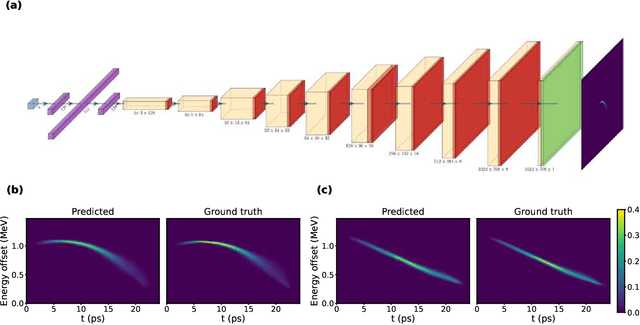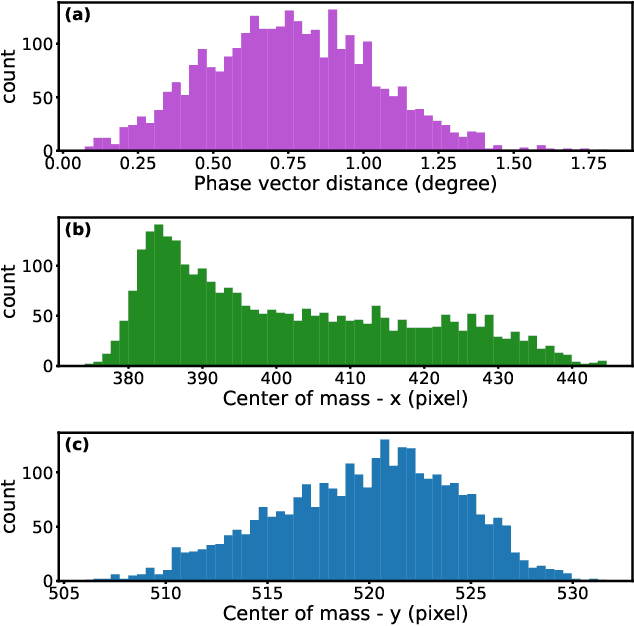Holger Schlarb
Ageing Analysis of Embedded SRAM on a Large-Scale Testbed Using Machine Learning
Jul 13, 2023Abstract:Ageing detection and failure prediction are essential in many Internet of Things (IoT) deployments, which operate huge quantities of embedded devices unattended in the field for years. In this paper, we present a large-scale empirical analysis of natural SRAM wear-out using 154 boards from a general-purpose testbed. Starting from SRAM initialization bias, which each node can easily collect at startup, we apply various metrics for feature extraction and experiment with common machine learning methods to predict the age of operation for this node. Our findings indicate that even though ageing impacts are subtle, our indicators can well estimate usage times with an $R^2$ score of 0.77 and a mean error of 24% using regressors, and with an F1 score above 0.6 for classifiers applying a six-months resolution.
Learning to Do or Learning While Doing: Reinforcement Learning and Bayesian Optimisation for Online Continuous Tuning
Jun 06, 2023Abstract:Online tuning of real-world plants is a complex optimisation problem that continues to require manual intervention by experienced human operators. Autonomous tuning is a rapidly expanding field of research, where learning-based methods, such as Reinforcement Learning-trained Optimisation (RLO) and Bayesian optimisation (BO), hold great promise for achieving outstanding plant performance and reducing tuning times. Which algorithm to choose in different scenarios, however, remains an open question. Here we present a comparative study using a routine task in a real particle accelerator as an example, showing that RLO generally outperforms BO, but is not always the best choice. Based on the study's results, we provide a clear set of criteria to guide the choice of algorithm for a given tuning task. These can ease the adoption of learning-based autonomous tuning solutions to the operation of complex real-world plants, ultimately improving the availability and pushing the limits of operability of these facilities, thereby enabling scientific and engineering advancements.
Deep Learning-Based Autoencoder for Data-Driven Modeling of an RF Photoinjector
Feb 18, 2021



Abstract:We adopt a data-driven approach to model the longitudinal phase-space diagnostic beamline at the European XFEL photoinjector. A deep convolutional neural network (decoder) is used to build a 2D distribution from a small feature space learned by another neural network (encoder). We demonstrate that the autoencoder trained on experimental data can make very high-quality predictions of megapixel images for the longitudinal phase-space measurement. The prediction significantly outperforms existing methods. We also show the explicability of the autoencoder by sharing the same decoder with more than one encoder used for different setups of the photoinjector. This opens the door to a new way of accurately modeling a photoinjector using neural networks. The approach can possibly be extended to the whole accelerator and even the photon beamlines.
 Add to Chrome
Add to Chrome Add to Firefox
Add to Firefox Add to Edge
Add to Edge